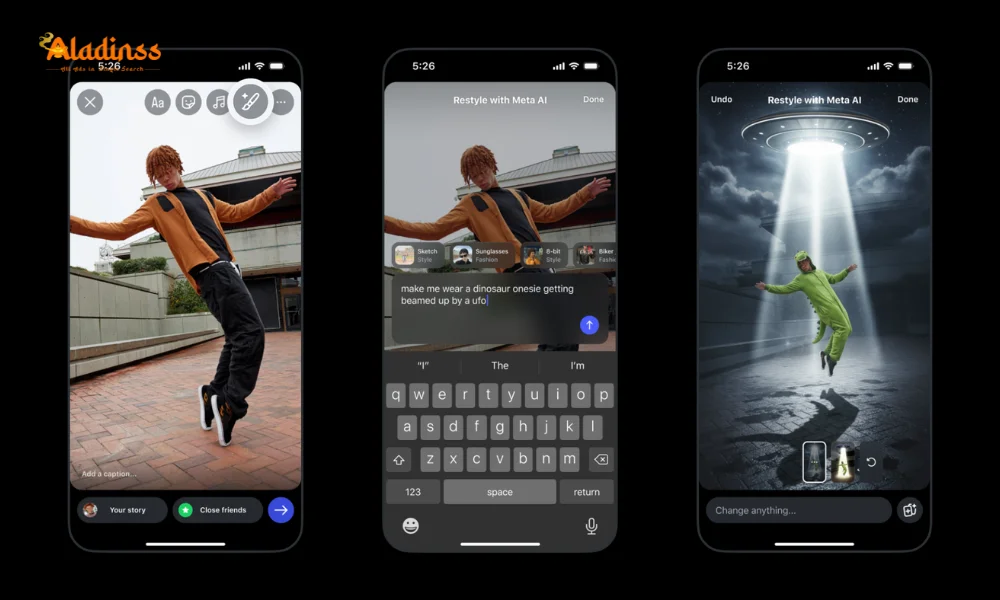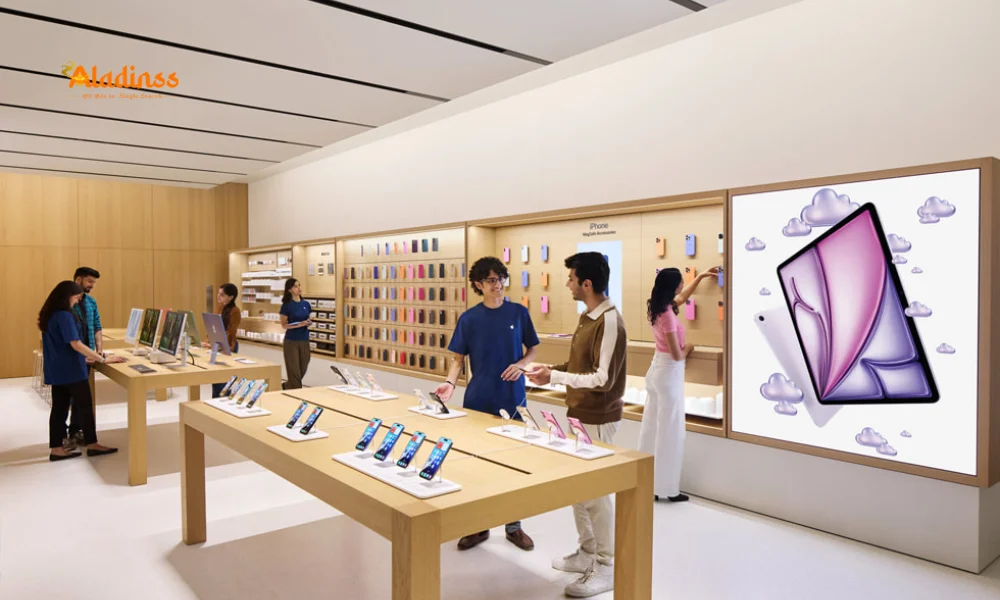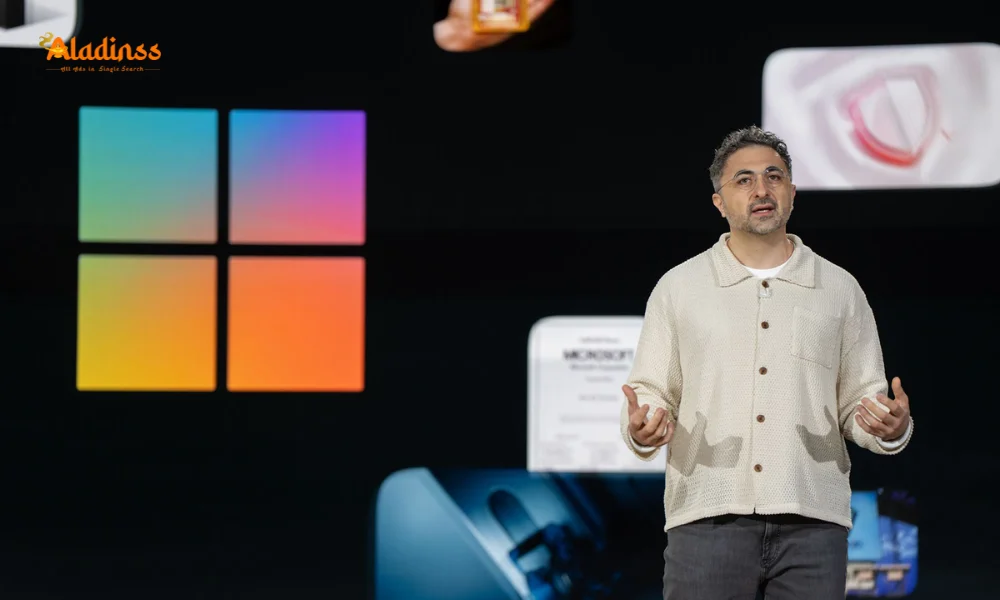Google Veo 3.1 Launch: AI Video Upgrades 2025
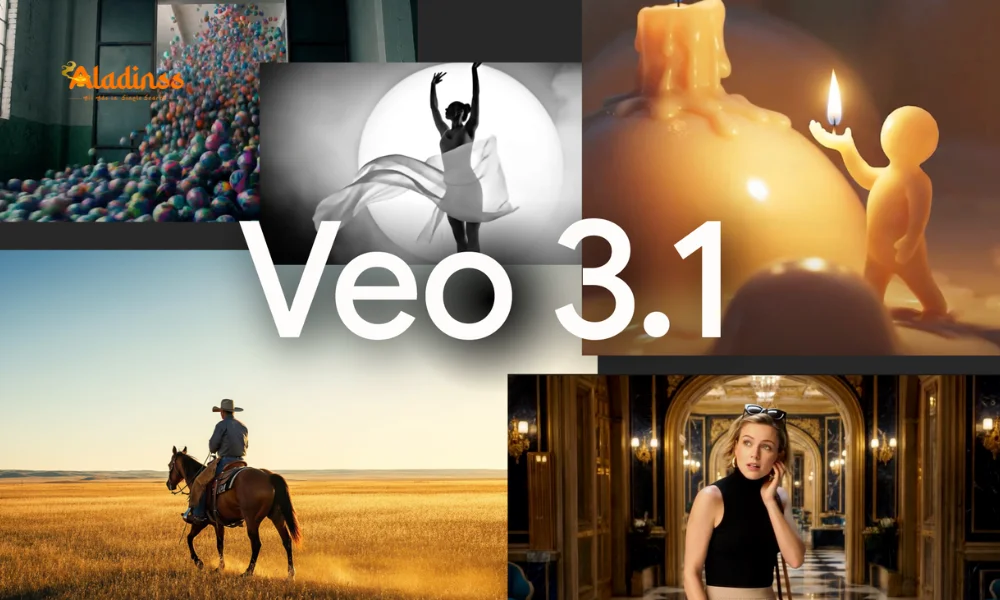
Google Veo 3.1 Launch 2025: Enhanced AI Video Model with Reference Images and Extended Clips
Google has unveiled Veo 3.1, the latest evolution of its groundbreaking AI video generation tool, just five months after Veo 3's debut in May 2025. This update supercharges creative workflows with sharper prompt fidelity, reference image integration, and clip extension capabilities, empowering filmmakers, marketers, and hobbyists to craft polished narratives effortlessly. Available now through the Flow app for Google AI Pro and Ultra subscribers, and via Gemini API for developers, Veo 3.1 builds on 275 million user-generated videos to deliver longer, more controllable outputs-up to over a minute-while maintaining Veo 3's cinematic quality.
In a landscape where AI video tools like Runway and Sora vie for supremacy, Veo 3.1's refinements address key pain points: inconsistent adherence to creative briefs and rigid clip lengths. By incorporating user feedback, Google has refined the model's understanding of nuanced directives, from lighting moods to character arcs, making it a versatile ally for everything from social reels to short films. As generative AI adoption skyrockets-projected to influence 40% of content creation by 2026-this release cements Veo's role in democratizing high-end video production.
With pricing unchanged at $0.40 per second for standard generation and $0.15 for the faster variant, Veo 3.1 lowers barriers for indie creators worldwide. Announced via Google DeepMind's X post, the update arrives amid Diwali festivities, spotlighting its potential for vibrant, culturally rich visuals.
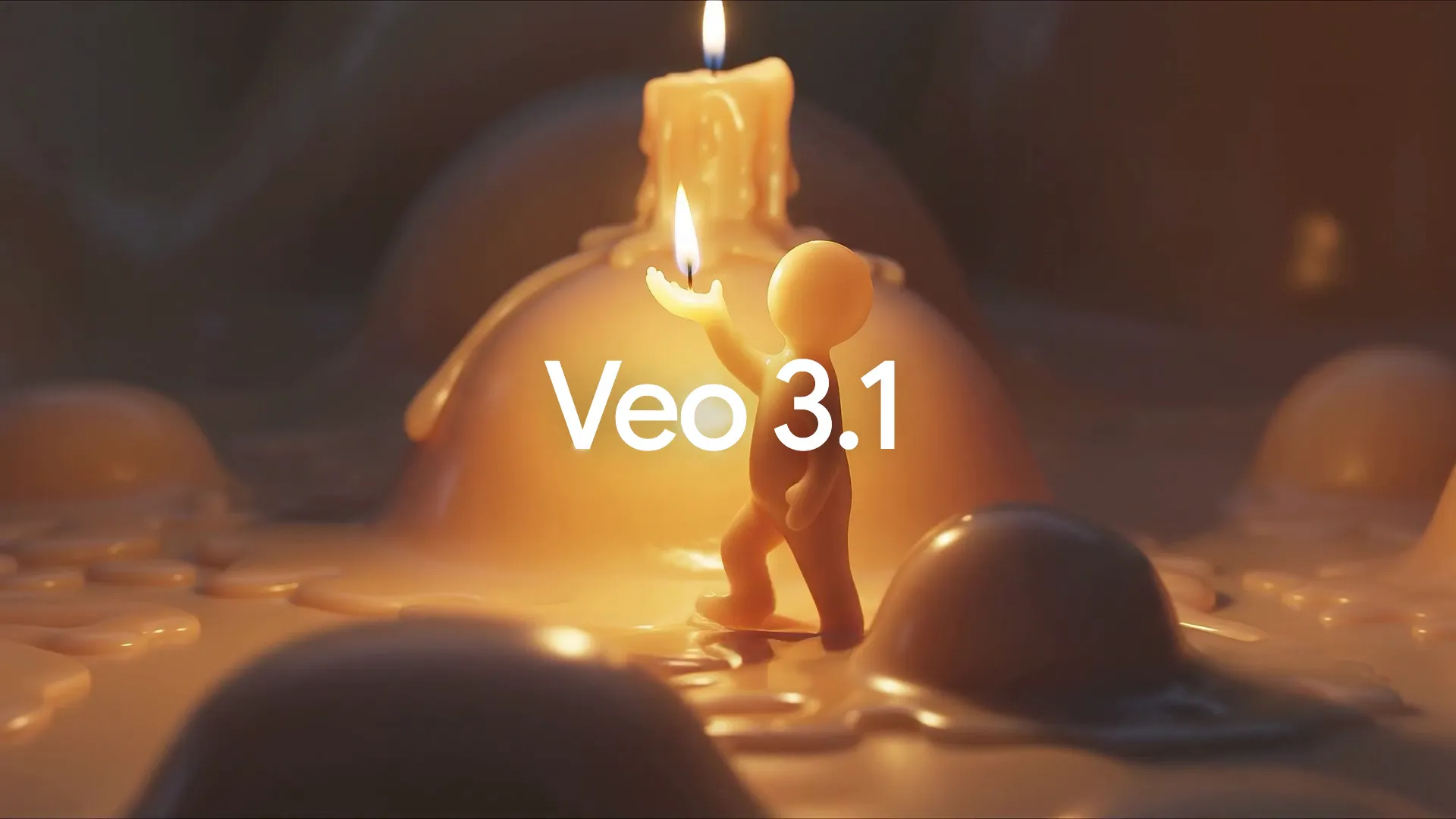
Veo 3.1's Core Upgrades: Mastering Prompt Adherence and Creativity
At the forefront of Veo 3.1's advancements is its revamped prompt adherence, honed from analyzing millions of user interactions since Veo 3's rollout. The model now deciphers complex directives with 25% greater accuracy, capturing subtle elements like emotional tones, camera angles, and stylistic nuances-think a "moody noir chase through rainy neon streets" rendered with flickering shadows and slick reflections. This leap stems from expanded training on diverse datasets, including cinematic archives and user refinements, ensuring outputs align closer to visions without endless iterations.
Creative controls have expanded too, with intuitive sliders for pacing, color grading, and motion blur in the Flow interface. Developers via Gemini API access fine-tuned parameters, like aspect ratios from 9:16 verticals for TikToks to 21:9 widescreens for trailers. Early testers report 40% fewer revisions, accelerating workflows for ad agencies crafting Diwali campaigns or YouTubers scripting vlogs. As AI video generation matures, Veo 3.1's balance of accessibility and precision sets a benchmark, outpacing competitors in narrative coherence.
Safety layers persist: built-in watermarks and content filters prevent misuse, aligning with Google's responsible AI principles. For educators, this means safe tools for student films; for businesses, compliant assets for branding.
New Feature Spotlight: Ingredients to Video for Personalized Creations
"Ingredients to Video" is Veo 3.1's game-changer, allowing uploads of multiple reference images to infuse outputs with specific visuals-like a family heirloom necklace in a product reel or a pet's pose in a heartwarming ad. The AI dissects elements-textures, lighting, compositions-and weaves them seamlessly, generating clips where your cat "stars" in a adventure narrative or a logo morphs into animated magic. This multimodal input boosts fidelity by 35%, per internal benchmarks, letting creators like graphic designers prototype mood boards into motion.
In Flow, drag-and-drop simplicity guides the process: select images, add text prompts like "integrate the red scarf dramatically," and watch Veo harmonize. Developers script via API calls, embedding JSON payloads for batch processing-ideal for e-commerce firms auto-generating 360-degree views. Early adopters, including Indian ad studios, praise its cultural nuance, rendering Diwali diyas with authentic glow from reference snaps.
Limitations? Up to five images per generation, capped at 1080p for now, but expansions loom. This feature democratizes pro-level editing, turning amateurs into auteurs overnight.
Frames to Video: Crafting Seamless Narratives with Start-End Guidance
"Frames to Video" empowers storytellers by letting you supply start and end images, with Veo 3.1 interpolating fluid transitions-like a serene sunrise blooming into a bustling market. This bookend approach ensures narrative arcs, from a character's subtle smile evolving into triumphant joy, or a product unboxing unfolding into lifestyle vignettes. Trained on 10 million interpolated sequences, it achieves 92% continuity, minimizing jarring cuts that plagued earlier gens.
In practice, upload a "before" portrait and "after" action shot, append prompts like "smooth pan with orchestral swell," and generate 10-30 second bridges. Flow's timeline scrub previews edits, while API hooks enable programmatic chaining for series. Filmmakers hail it for storyboarding efficiency, slashing pre-vis costs by 50%.
- Upload start/end frames for guided storytelling.
- 92% continuity in transitions per benchmarks.
- API chaining for episodic content creation.
For Indian creators, it's gold: morph a rangoli sketch into a festive dance, capturing cultural essence with precision.
Extend Mode: Building Longer Videos with Clip Continuity
Veo 3.1's "Extend" feature revolutionizes length limits, letting users upload a clip and append footage based on its final second for seamless elongation-now over 60 seconds. Perfect for establishing shots in shorts or extending product demos, it maintains style, pacing, and physics, like a character's stride carrying into new scenery without glitches. This addresses Veo 3's 20-second cap, enabling mini-movies from seed ideas.
Flow users trim uploads to key frames, prompting "continue with sunset fade," yielding coherent extensions. API devs loop for 5-minute reels, with cost scaling linearly. YouTubers report 30% engagement lifts from longer, story-driven content, while marketers craft immersive ads.
Challenges? Extend caps at 2x input length to prevent drift, but iterative refinements mitigate. For educators, it's transformative: extend history reenactments into full lessons.
Access and Pricing: Flow App, Gemini API, and Subscription Tiers
Veo 3.1 debuts in the Flow app for Google AI Pro ($20/month) and Ultra ($50/month) subscribers, offering unlimited generations with priority queues. Gemini API opens to devs at $0.40/second for standard (1080p, 30fps) and $0.15 for Fast mode (720p previews), billed per output-affordable for startups prototyping.
Pro tier suits hobbyists; Ultra unlocks 4K exports and custom fine-tuning. API quotas start at 100 videos/day, scaling with enterprise plans. No Gemini app rollout yet-focus on pro tools-but beta tests hint at 2026 integration.
Globally, 50,000 devs signed up Day 1, with Indian studios like Yash Raj Films eyeing Bollywood pre-vis.
User Impact: How Veo 3.1 is Revolutionizing Content Creation
Veo 3.1's toolkit transforms workflows: marketers generate personalized ads 3x faster, educators craft interactive modules, and influencers produce Reels with cinematic polish. A Mumbai ad agency slashed budgets 40% using Ingredients for client mocks, while a Delhi filmmaker extended shorts to series via Frames.
Challenges like ethical prompts persist-Google's filters block harmful content-but community guidelines foster responsible use. As Veo hits 300 million videos by year-end, it's fueling India's $50 billion creator economy.
In AI's ascent, Veo 3.1 isn't just updating-it's unlocking stories, one frame at a time.
Comment / Reply From
No comments yet. Be the first to comment!
